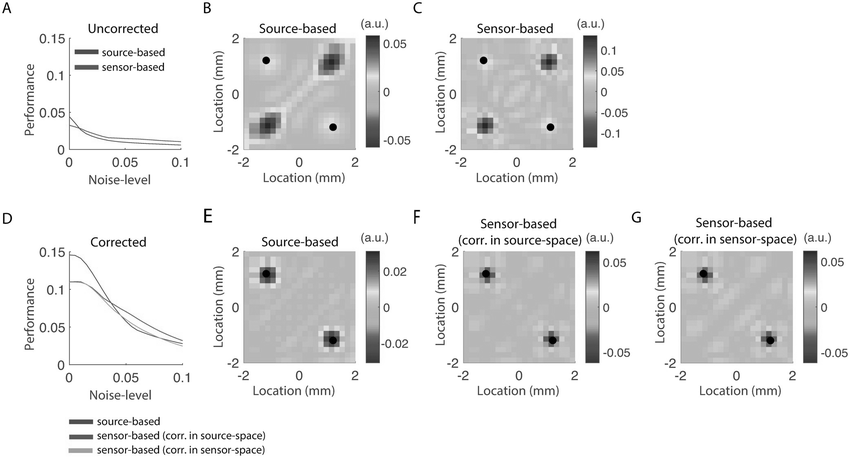Introduction
In the complex landscape of decision-making, our tendency to oversimplify issues can lead to detrimental outcomes. The Reductive Bias is a mental model that highlights our inclination to simplify complex problems or situations, overlooking important nuances and information. This blog post explores the concept of the Reductive Bias, its relevance in decision-making processes, its anchoring in human psychology, and its prevalence in our day-to-day lives.
Defining the Reductive Bias
The Reductive Bias refers to the cognitive bias where individuals simplify complex issues or scenarios, reducing them to a single cause, solution, or viewpoint. It involves oversimplification and the disregard of relevant details, resulting in a distorted understanding of reality and the potential for making irrational decisions.
Relevance in Decision-Making
The Reductive Bias can significantly impact decision-making processes by oversimplifying the complexity of the situation at hand. It can lead to the dismissal of alternative perspectives, the overlooking of critical information, and the reliance on superficial or incomplete analyses. By oversimplifying, individuals or groups may make decisions that do not adequately consider the intricacies and nuances of the problem, ultimately leading to suboptimal outcomes.
Examples of the Reductive Bias
- Personal Life Decisions: Imagine an individual facing relationship challenges and attributing the entire problem to a single cause, such as lack of communication. By oversimplifying the situation, they may fail to consider other factors contributing to the issue, such as differing values or unmet emotional needs. This oversimplification can hinder effective problem-solving and lead to misguided decisions, such as prematurely ending the relationship.
- Business Scenarios: In a business context, leaders may oversimplify the causes of declining sales by attributing it solely to a single factor, such as pricing. By ignoring other potential factors, such as product quality, customer preferences, or market trends, they may implement ineffective strategies that fail to address the underlying complexities and ultimately worsen the situation.
- Public Policy-Making: When formulating public policies, policymakers may oversimplify complex societal issues, such as poverty or crime, by attributing them to a single cause or solution. By disregarding the multifaceted nature of these issues, they risk implementing ineffective policies that fail to address the root causes and lead to unintended consequences.
Mental Biases Contributing to the Reductive Bias
The Reductive Bias is closely connected to other cognitive biases, including Confirmation Bias, Availability Heuristic, and the Illusion of Understanding. Confirmation Bias reinforces our inclination to seek information that supports our existing beliefs or simplified views. The Availability Heuristic leads us to rely on readily available information or memorable examples, overlooking less accessible or nuanced data. The Illusion of Understanding gives us an inflated sense of comprehension, leading us to oversimplify complex matters.
Psychological Underpinnings and Interplay
The Reductive Bias is anchored in human psychology, driven by our cognitive limitations and our desire for cognitive ease. Our brains naturally seek simplicity and efficiency, and as a result, we tend to gravitate towards reductive thinking. Additionally, our biases and preconceptions influence our interpretation of information, making us more prone to oversimplification.
Identifying and Avoiding the Reductive Bias
- Embrace Complexity: Recognize that many issues are multifaceted and cannot be reduced to a single cause or solution. Embrace the complexity and seek a holistic understanding by considering various factors, perspectives, and sources of information.
- Seek Diverse Perspectives: Actively seek out diverse viewpoints and alternative explanations. Engage in open-minded discussions, collaborate with others who hold different opinions, and challenge your own assumptions. This helps to counteract the tendency to oversimplify by broadening your perspective.
- Conduct In-Depth Analysis: Invest time and effort in conducting thorough analyses. Break down complex problems into smaller components and examine them individually, considering their interconnections and interdependencies. This approach allows for a more comprehensive understanding and reduces the likelihood of oversimplification.
Conclusion
The Reductive Bias is a prevalent mental trap that can hinder effective decision-making. By recognizing its influence, understanding the biases that contribute to it, and adopting strategies to counteract it, individuals can make more informed and nuanced decisions. Embracing complexity, seeking diverse perspectives, and conducting thorough analyses are key practices to avoid the Reductive Bias. Awareness and active avoidance of this cognitive trap contribute to better decision-making outcomes, fostering a deeper understanding of complex issues and promoting more effective problem-solving.
